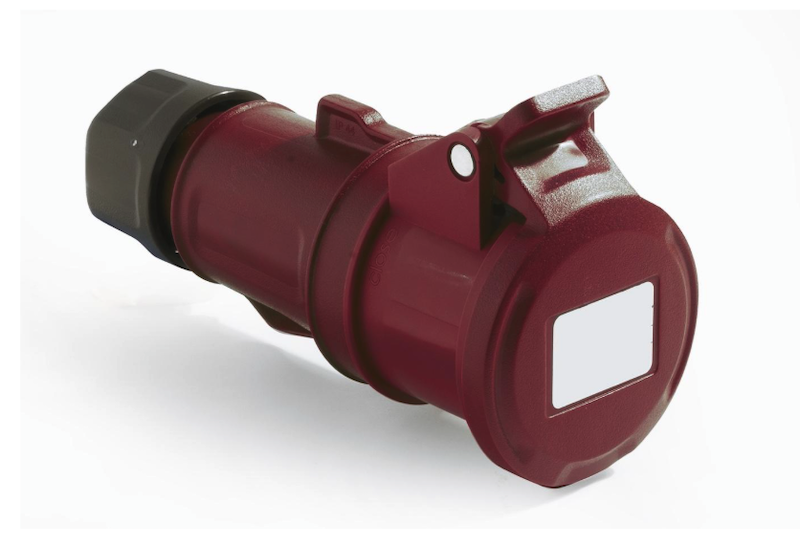Industrial setups are heavily reliant on power, and you need to ensure everything is stable even when the conditions are not.
This is the role that industrial power connectors play as they safely connect cables and ensure that power is delivered to equipment in a stable manner. They are the endpoints but also one of the most sensitive parts of any connection.
In this guide, we’ll break down industrial power connectors to understand what they are and look at how to choose the right ones.
What are Industrial Power Connectors?
Industrial power connectors are basically more robust versions of the standard connectors used in homes and other basic connections.
They are designed to carry more power to heavy-duty equipment, and they are also more resistant to environmental elements like dust and moisture. Depending on the application, they can also withstand vibrations and impact.
These connections are designed to ensure a reliable way to deliver to industrial equipment and a safe way to connect two cables.
Key Features and Benefits of Industrial Power Connectors
The strength of industrial power connectors lies in their practical design details, which enable them to support equipment that needs to stay powered even when the environment is unpredictable.
Secure, stable connection
Industrial environments usually have vibrating motors and conveyors that can loosen standard plugs. To ensure a stable connection, industrial connectors tend to have a locking mechanism to ensure that connections can’t detach by mistake.
Designed for harsh environments
Industrial power connectors are often used in environments that are tougher compared to standard plugs, so they come with insulation made from durable materials. The cases are also sealed, and most of them are indicated with an IP rating.
Supports higher voltage and current demands
Equipment motors and servo drives require a high amount of power, and industrial power connectors are designed to offer the required load. However, the actual capacity varies depending on the connector.
Efficiency in maintenance and replacement
These connectors are designed to ease installation and maintenance, as it’s crucial to reducing downtime. They don’t require full rewiring or even downtime of the surrounding system.
Choosing the Right Industrial Connectors
The choice of an industrial connector affects safety, uptime, and long-term equipment reliability, so you need to ensure you choose the right one.
Consider the electrical requirements
The first thing you need to do is ensure that your connector can carry the required load without overheating or causing a voltage drop.
This is mostly dictated by three factors:
- The equipment voltage. It shouldn’t be underrated.
- The current rating.
- Whether the equipment requires single-phase or three-phase power.
Matching the requirements ensures safety and prevents interruptions.
Match the connector to the operating environment
Industrial environments are usually exposed to different elements. In some, there’s dust and vibration. In others, it’s UV and moisture. This means that you need to consider where your connectors will be operating.
The main considerations here are:
- The connector’s IP ratings, such as IP44 or IP67. The former works well for splash water, but you need IP67 and higher if the connector will be exposed to heavy moisture.
- Mechanical stress from the environment, and especially vibration. You’ll need industrial power connectors that can lock in place to ensure that the connection is stable.
When the connector matches the environment, it ensures reliable power delivery once connected.
Ensure compatibility with existing infrastructure
Connectors alone shouldn’t require redesigns or cause delays and additional costs. Since they are just plugs, you need to ensure they integrate cleanly with the equipment and power distribution or automation already in place.
This means you need to look at the pin configuration, the installation format (panel-mount, surface-mount, or inline), and the cable size and type. This will ensure the connector is compatible, the installation is straightforward, and future servicing or replacement will be efficient.

